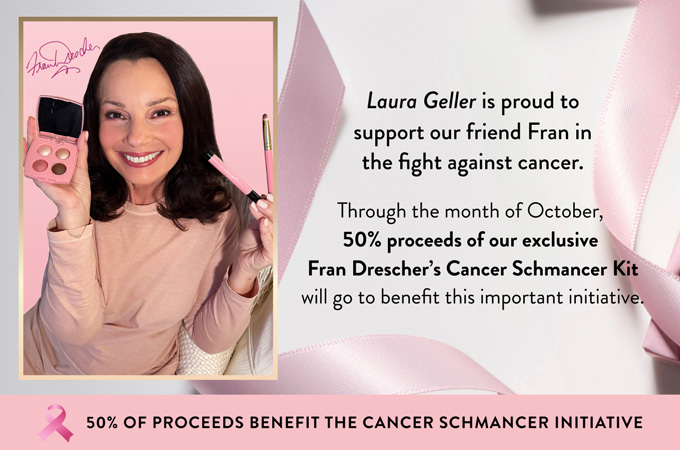Advancements in HPV prevention
According the Centre for Disease Control and Prevention (CDC), 11,000 women are diagnosed with cervical cancer every year in the United States, with nearly 4,000 dying as a result of the disease. The National Cervical Cancer Coalition estimates that there are 250,000 deaths due to cervical cancer per year.
The most common cause of cervical cancer is the human papillomavirus, or HPV, which is also the cause of a number of other cancerous diseases.
Fortunately, there are vaccines available. Currently, there are two vaccines available on the market to prevent HPV: Gardasil and Cervarix, introduced in 2006 and 2009 respectively. Both vaccines normally come in a series of three shots, administered over a six-month period.
“Gardasil is a quadrivalent vaccine which protects against HPV 6, 11, 16, and 18,” said Dr. Adrian Lear, general practitioner in oncology. “HPV 6 and 11 target viruses that cause genital warts, whereas 16 and 18 target the viruses that cause most of the cervical cancers in women.”
The numbers corresponding to each HPV represent a certain genotype, or genetic make-up, associated with each type of cervical cancer.
HPV 16 and 18 also cause some other gynaecological malignancies in women, such as cancer of the vulva and vagina, as well as cancer of the penis in men, according to the CDC.
“Cervarix is a bivalent vaccine which targets HPV 16 and 18,” said Lear. “It doesn’t target the viruses that cause genital warts, however.”
In this province, there have been initiatives put into place to vaccinate young girls with Gardasil in order to prevent HPV from spreading. In 2007, NL’s provincial government administered the vaccine to approximately 2,800 grade six females. In 2008, the vaccination program was extended to grade nine females.
"The HPV vaccine is one of the most significant cancer prevention breakthroughs," said Dr. Faith Stratton, chief medical officer in Newfoundland and Labrador. "We were quite successful in the uptake of the vaccine for grade six students in 2007, with more than 85 per cent of students receiving the vaccine. We are pleased to expand the program and further ensure young women in this province have the best protection against this devastating disease."
Still, there are those who think that vaccinations should be more widespread, as both women and men can be carriers of the virus.
“It makes no sense to me to vaccinate females and to not vaccinate males,” said Lear. “It’s basically an STD. Most of us in our lifetime will come into contact with one or more of the genotypes, and possibly pass it on to others.”
The vaccines themselves contain no DNA, so there is no chance of it producing cancer or causing infection. According to Lear, they are made from the antigens that are on the surface of the virus.
“The vaccines are very safe to use,” said Lear. “They do cause some mild side effects, such as skin irritation, fever, or headache.”
Unlike an influenza virus, however, HPV is very stable. It does not mutate rapidly like influenza, so the chance of it changing in the future is very low, says Lear. Influenza vaccines are subject to change almost every flu season, and scientists have to predict which strains will be likely to infect. Gardasil, however, has been targeting the same genotypes since 2006, while Cervarix has been the same since 2009.
Vaccinations can be acquired through your family physician, as well as through Memorial University’s Student Health Centre.






















